Content
Contra assets are a rare exception as they are recorded as a credit balance and appear as a negative number. A debit entry in a contra asset account is unnatural and most likely indicates an incorrect journal entry. Examples of contra accounts include Allowance for Doubtful Accounts, Accumulated Depreciation, and Return on Sales. The Johnson family’s purchase of furniture illustrated the effect on the financial statements https://www.wave-accounting.net/ for two kinds of contra accounts, revenue, and asset. Contra accounts are also used in other areas of the financial statements, such as an estimate on an uncontrollable percentage of credit sales in which the amounts listed must be estimable and probable. When this happens, the debit will be added to the expense account Bad Debt Expense and the credit will be added to the asset account, Allowance for Doubtful Accounts.
Discount On Bonds PayableDiscount on bonds payable is the markdown value of a bond’s coupon rate or selling price compared to its market interest rate or fair value. An impairment in accounting is a permanent reduction in the value of an asset to less than its carrying value. The $10,000 of depreciation will reduce the book value of the car. The company uses the straight-line depreciation method for the car.
Overview of Contra Account
Therefore, contra asset accounts differ from other accounts that have a credit balance. However, accounting standards refer to them as contra accounts. A liability recorded as a debit balance is used to decrease the balance of a liability. Contra Liability a/c is not used as frequently as contra asset accounts. It is not Types Of Contra Accounts classified as a liability since it does not represent a future obligation. Key examples of contra asset accounts include allowance for doubtful accounts and accumulated depreciation. Allowance for doubtful accounts reduce accounts receivable, while accumulated deprecation is used to reduce the value of a fixed asset.
The balance sheet impact includes the remaining account receivable after returns and the estimated uncollectible. Since the entry for cash sales is recorded as a credit in a revenue account, then a return on sales will be recorded as a debit in the revenue contra account, Return on Sales or Sales Returns and Allowances. Although you may be familiar with the normal balance requirements of each classification, a contra account will have the opposite requirement.
The Contra Asset Account
The amount a company records as allowance for doubtful accounts is the amount from its accounts receivable the company considers uncollectible. In order to balance the journal entry, a debit will be made to the bad debt expense for $4,000. Although the accounts receivable is not due in September, the company still has to report credit losses of $4,000 as bad debts expense in its income statement for the month. If accounts receivable is $40,000 and allowance for doubtful accounts is $4,000, the net book value reported on the balance sheet will be $36,000. Contra equity accounts are accounts in the equity section of the balance sheet that reduce the amount of equity a company holds. Therefore, contra equity accounts have a debit balance to offset their corresponding equity balances.
- In order to balance the journal entry, a debit will be made to the bad debt expense for $4,000.
- The balance sheet would show the piece of equipment at its historical cost, then subtract the accumulated depreciation to reflect the accurate value of the asset.
- The purpose of recording OID as a contra account is to quickly show the difference between the redemption price and the discounted offering price of debt.
- If the related account is an asset account, then a contra asset account is used to offset it with a credit balance.
- Although you may be familiar with the normal balance requirements of each classification, a contra account will have the opposite requirement.
Contra revenue accounts reduce revenue accounts and have a debit balance. Just like contra asset accounts offset the positive values of assets on the balance sheet, contra liabilities offset the negative value of liabilities on the balance sheet. Since liabilities are recorded with credit entries, contra liabilities show a debit balance. A contra liability acts more like an asset account because it is recorded as a debit and benefits the business’s bottom line by decreasing the liabilities. Examples of contra liability accounts include financing fees and original issue discounts . A regular asset account typically carries a debit balance, so a contra asset account carries a credit balance. Two common contra asset accounts include allowance for doubtful accounts and accumulated depreciation.
